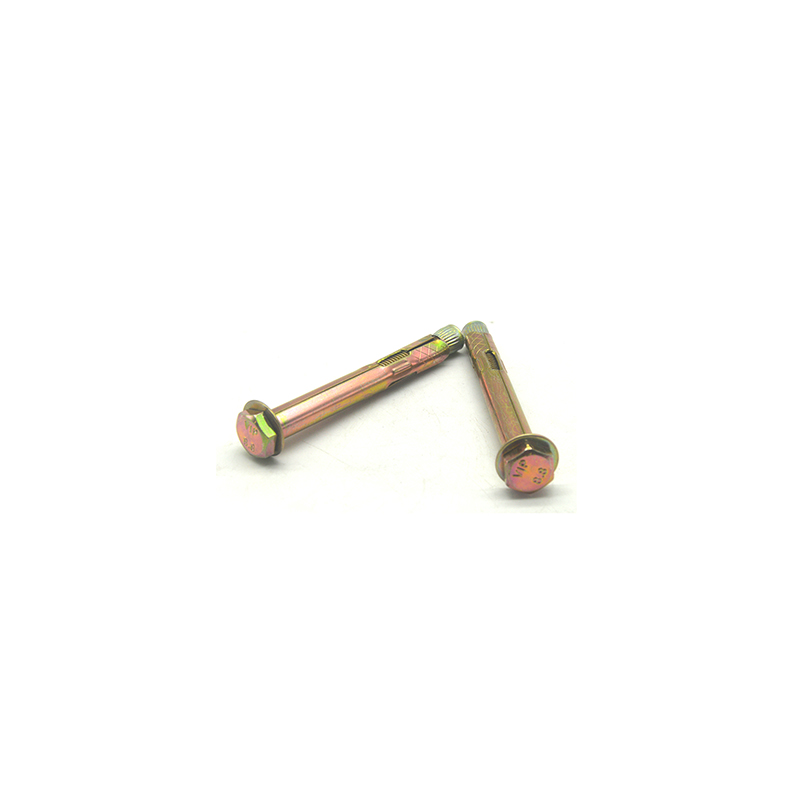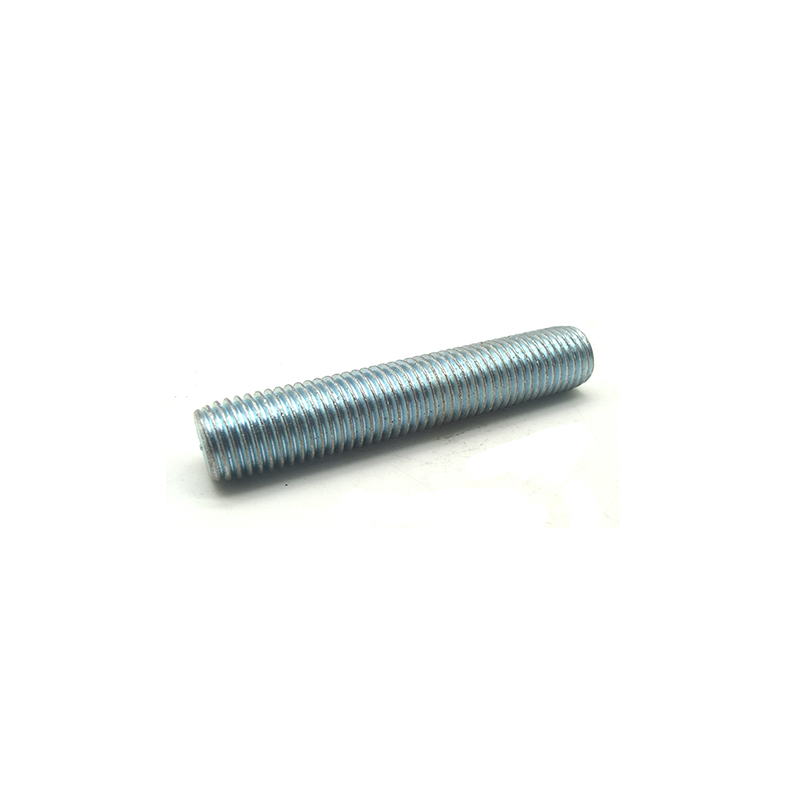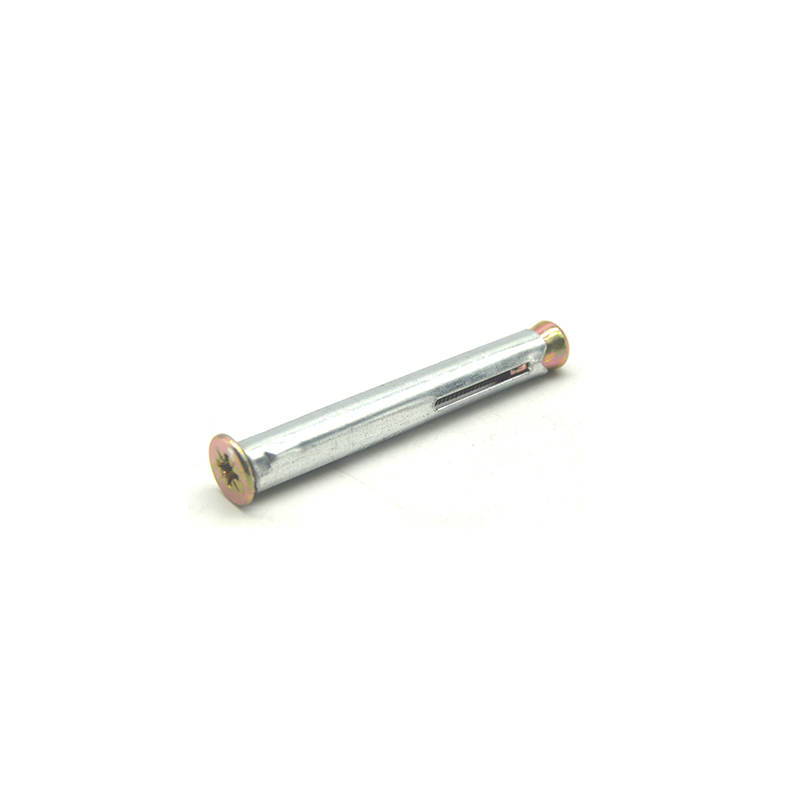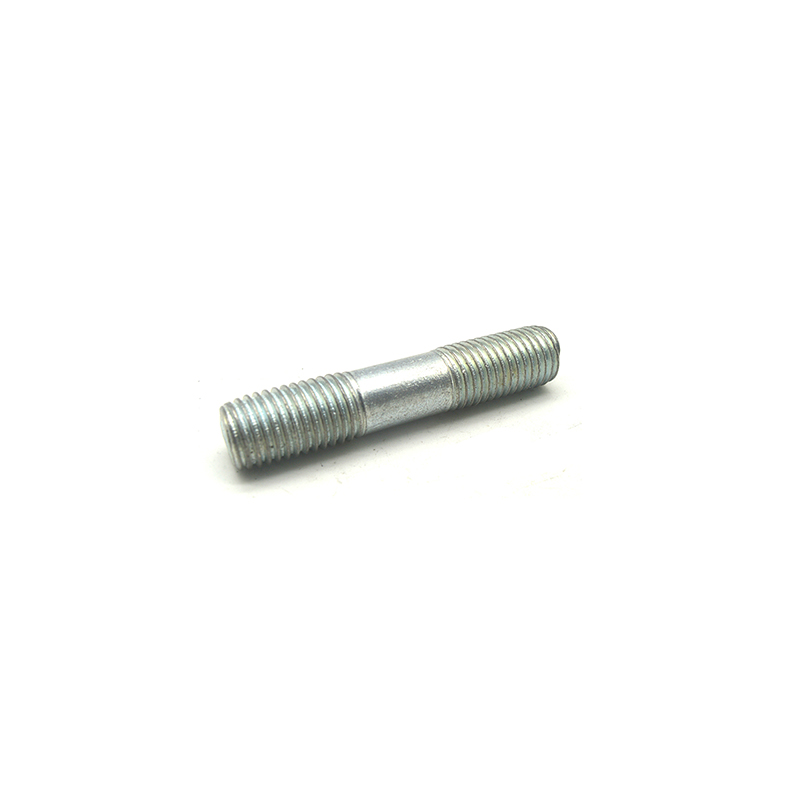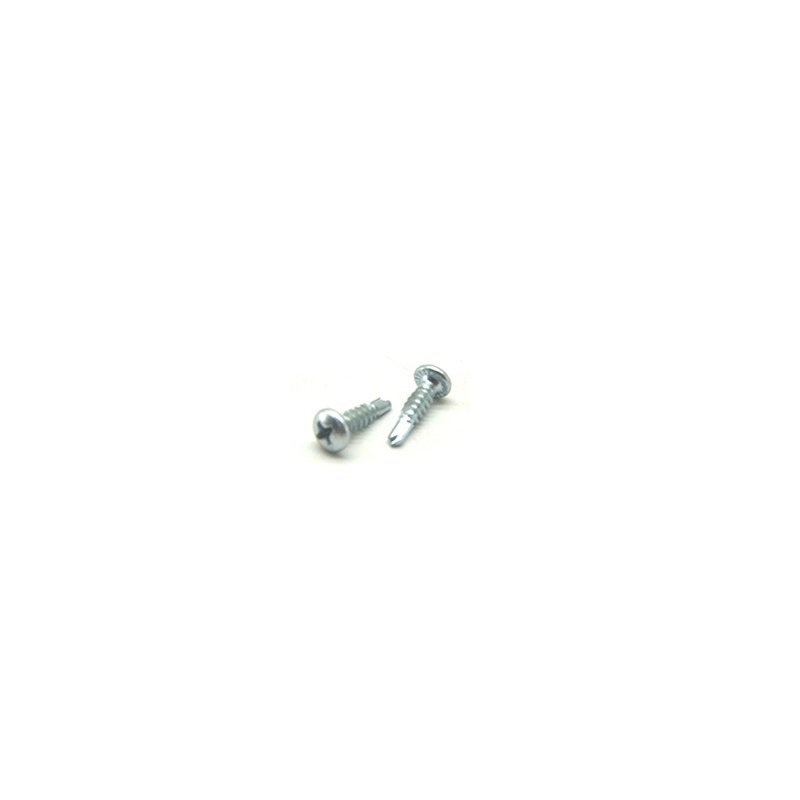- Chinese
- French
- German
- Portuguese
- Spanish
- Russian
- Japanese
- Korean
- Arabic
- Irish
- Greek
- Turkish
- Italian
- Danish
- Romanian
- Indonesian
- Czech
- Afrikaans
- Swedish
- Polish
- Basque
- Catalan
- Esperanto
- Hindi
- Lao
- Albanian
- Amharic
- Armenian
- Azerbaijani
- Belarusian
- Bengali
- Bosnian
- Bulgarian
- Cebuano
- Chichewa
- Corsican
- Croatian
- Dutch
- Estonian
- Filipino
- Finnish
- Frisian
- Galician
- Georgian
- Gujarati
- Haitian
- Hausa
- Hawaiian
- Hebrew
- Hmong
- Hungarian
- Icelandic
- Igbo
- Javanese
- Kannada
- Kazakh
- Khmer
- Kurdish
- Kyrgyz
- Latin
- Latvian
- Lithuanian
- Luxembou..
- Macedonian
- Malagasy
- Malay
- Malayalam
- Maltese
- Maori
- Marathi
- Mongolian
- Burmese
- Nepali
- Norwegian
- Pashto
- Persian
- Punjabi
- Serbian
- Sesotho
- Sinhala
- Slovak
- Slovenian
- Somali
- Samoan
- Scots Gaelic
- Shona
- Sindhi
- Sundanese
- Swahili
- Tajik
- Tamil
- Telugu
- Thai
- Ukrainian
- Urdu
- Uzbek
- Vietnamese
- Welsh
- Xhosa
- Yiddish
- Yoruba
- Zulu
- Kinyarwanda
- Tatar
- Oriya
- Turkmen
- Uyghur

Connector Nut
The Intricacies of the Connector Nut
When it comes to fastening systems, the connector nut often goes unnoticed, yet it plays a crucial role in ensuring stability and strength. A surprising number of misconceptions exist about its function. Is it just another nut, or does it have a purpose that sets it apart? Let’s dive deeper into what makes this small component so essential.
The Basics of Connector Nuts
The connector nut is primarily used to join two bolts or threaded rods together. Often referred to as a coupling nut, its design enables two separate components to be combined, facilitating extended applications. In industries that demand high precision, such as robotics or construction, this connection is vital.
Diving into the design, you'll notice that connector nuts come in varying lengths and diameters, each tailored for specific load capacities and applications. The key is selecting the right size to ensure optimal performance. My experiences often come back to those critical moments where the wrong choice led to avoidable setbacks.
It's essential to consider the material of the connector nut. Choices often include materials like stainless steel or brass, each with unique properties. For instance, in marine environments, opting for stainless steel can prevent corrosion, a lesson learned after replacing several poorly-chosen brass nuts.
Common Pitfalls and Considerations
While working on a project, I realized that assuming uniformity among connector nuts can lead to complications. The specifics—such as thread type and material compatibility—can vary greatly. Always verify these details to ensure the components match.
Another common issue is thread stripping, often caused by over-tightening. It's an easy mistake when you're rushing a job. In those moments, the torque wrench becomes your best friend, helping to avoid damaging the threads.
In terms of practical application, I recall a construction site task where the connector nut was the linchpin in a load-bearing structure. Any oversight in its selection could have jeopardized the entire setup. This experience underscored the connector nut’s role not as an accessory but as a critical part of the architecture.
Real-World Applications
Connector nuts are extensively used in the automotive industry, specifically in engine construction and modifications. For example, when increasing the turbo output on a vehicle, the need for an extended bolt to accommodate larger components can be a game-changer.
Handan Shengtong Fastener Manufacturing Co., Ltd. has developed several such products that cater specifically to these rigorous demands. Established in 2018 in Hebei Province, their expertise ensures that every nut produced meets industry standards, which can be explored more at their website, Shengtong Fastener.
The energy sector also finds these fasteners invaluable. In wind turbine maintenance, the ability to secure and extend bolts quickly and efficiently can enhance uptime dramatically. Not something that’s immediately obvious, but crucial once you’re in the thick of it.
Material Innovations and Technology
In recent years, there’s been innovation in connector nut materials, with advances in high-strength alloys. These allow for lightweight and yet incredibly durable applications, something that Handan Shengtong prides itself on developing and offering.
Welcoming new tech, certain manufacturers have begun adding anti-corrosive coatings to these nuts. This feature prolongs their lifespan, particularly in outdoor projects where metal is exposed to harsh weather conditions constantly.
The integration of technology into production lines allows for consistency. Each product is identical, reducing uncertainty—a critical aspect in large-scale industrial applications.
Tailoring Solutions to Specific Needs
Every scenario demands a unique approach. Crafting a tailored solution often determines the success of a project. It's about more than just picking a nut off the shelf; it's understanding the requirement and selecting something that not only fits but excels.
This is where experience and expertise shine. It’s not just the product that counts, but also the insights behind its application. What may work in one scenario might be complete overkill in another—this discernment is key.
Ultimately, connector nuts connect more than just components; they are a critical link in the chain of innovation and stability. Recognizing their importance ensures that projects are not just completed, but completed with excellence.
Related products
Related products





